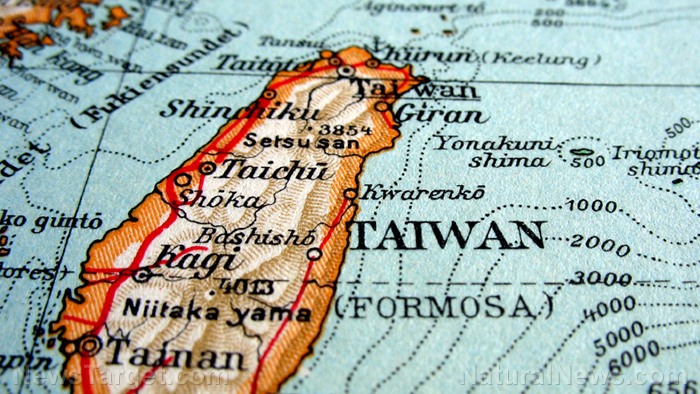 Parler
Parler Gab
Gab
Sailing cancellations during peak season causing concern
For the two weeks beginning on October 3, 40 scheduled sailings from Asia to America's West Coast and 21 sailings from Asia to the East Coast were cancelled; the average number of sailings that are normally cancelled at this time of year is just two to four. The chief analyst at shipping data provider Xeneta, Peter Sand, noted: “In the first week of October, one-third of previously announced capacity will be blanked and for the second week, it will be around half. The downturn pace in recent weeks has been very fast and it looks like carriers misread the low volumes of a nonexistent peak season.” Carriers typically see their strongest demand in the weeks between late summer and early fall as retailers and importers start to build up their inventories to prepare for the approaching holiday shopping season. Government data shows that consumer spending on bulkier items such as appliances and furniture that typically must be imported to the U.S. has been cooling after a period of strong demand earlier in the pandemic, when people were spending more time at home and improving their houses. Daily freight rates, which sat at $19,000 for moving a single container across the Pacific Ocean in 2021, now stand at just $3,900. One UK carrier told The Loadstar: “Other than at the start of the pandemic, I can’t recall another time when the market has turned so quickly, and it looks like it will get a whole lot worse before it gets better.” Tracking trends in overall retail sales can be tricky in times of high inflation like we’re seeing right now, as inflation can sometimes make it look like sales are increasing even as profits plummet. Therefore, shipping rates and volume are often better indicators of current retail performance amid inflation. Sources for this article include: ZeroHedge.com HellenicShippingNews.com CIPS.orgTaiwan exports are critical to U.S. supply chain – here’s what the Taiwanese produce
By Ethan Huff // Share
Biden vows to codify Roe v. Wade if Dems take control in 2022 midterms
By Ramon Tomey // Share
China luring ex-RAF pilots to help train the PLA Air Force
By Belle Carter // Share
By Lance D Johnson // Share
Governments continue to obscure COVID-19 vaccine data amid rising concerns over excess deaths
By patricklewis // Share
Tech giant Microsoft backs EXTINCTION with its support of carbon capture programs
By ramontomeydw // Share
Germany to resume arms exports to Israel despite repeated ceasefire violations
By isabelle // Share










